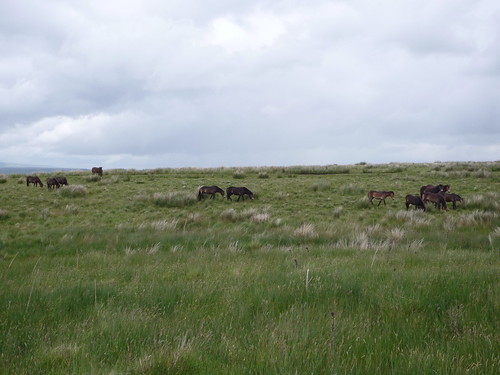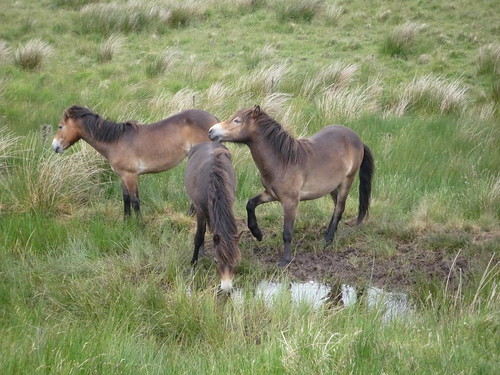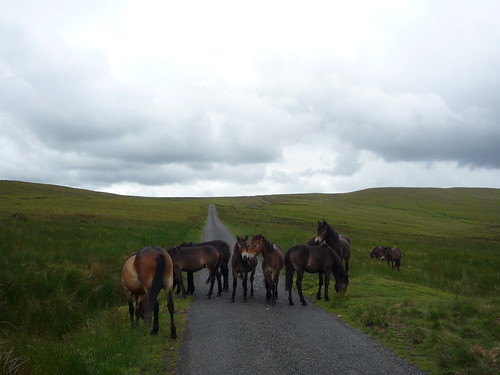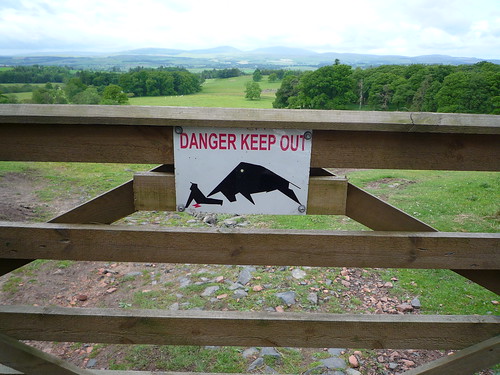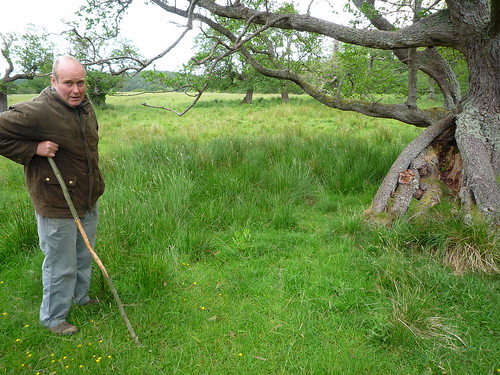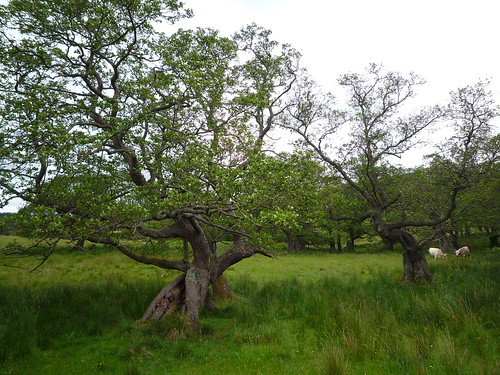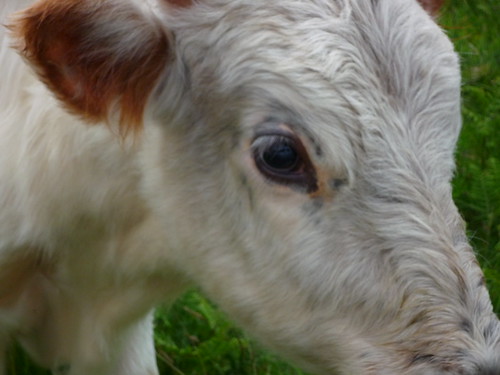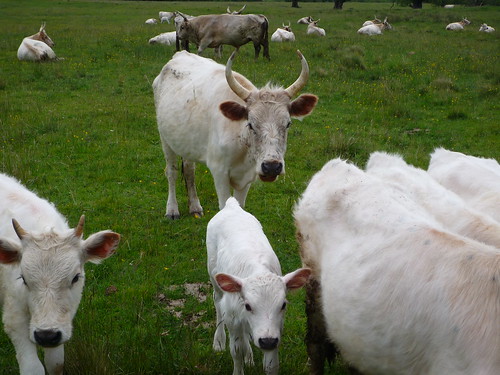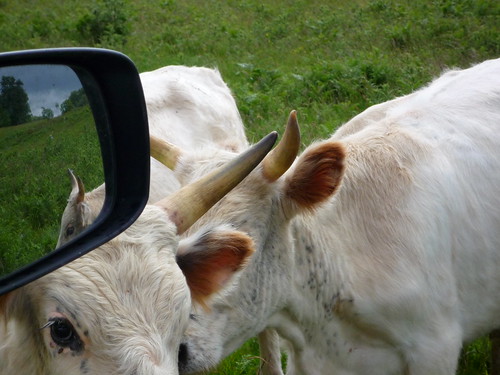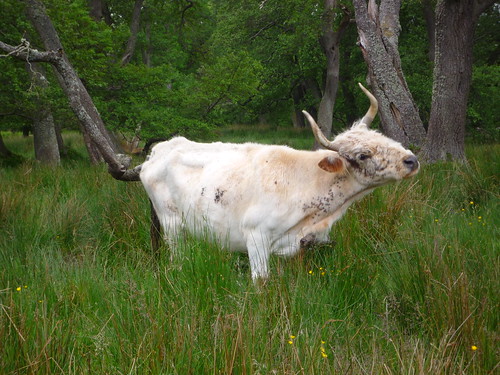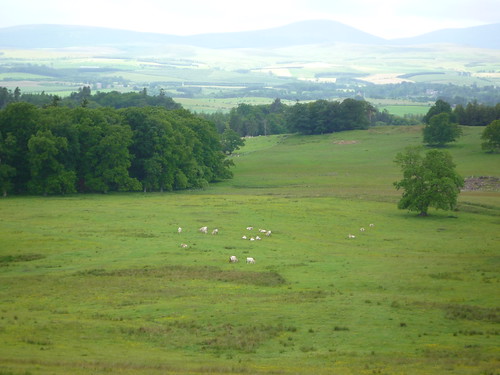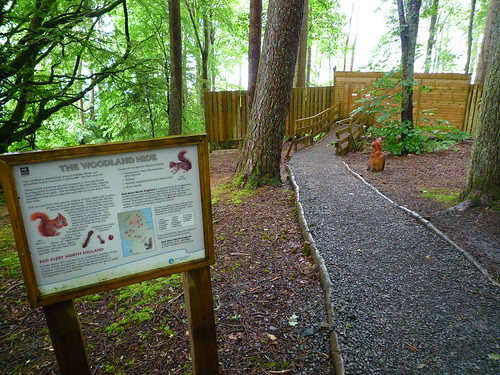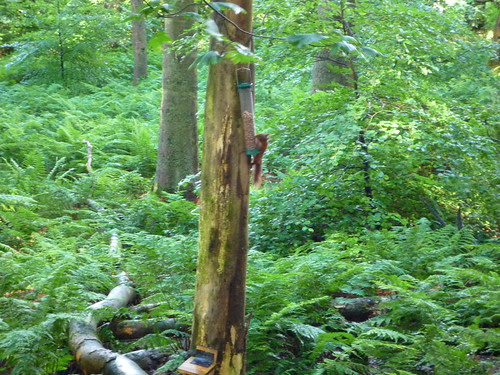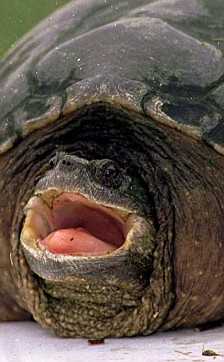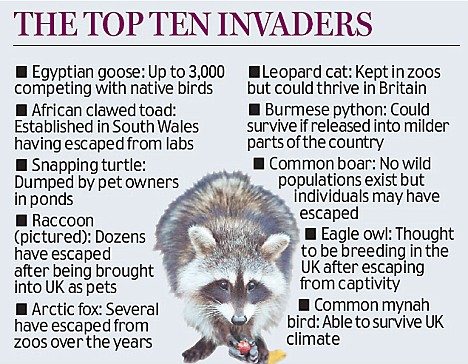The red squirrel needs our help.
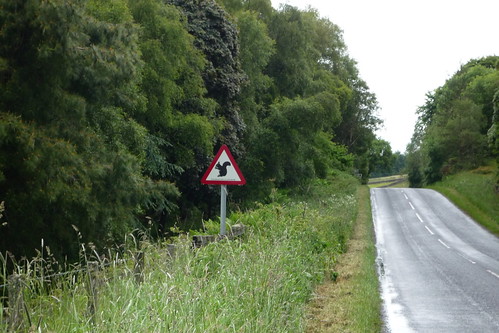
And so local school children near Greenhough responded, raising the money to build a rope bridge to help squirrels cross the road — a rare stretch of two-lane road near Kielder (as opposed to single track) on which reds were getting flattened.
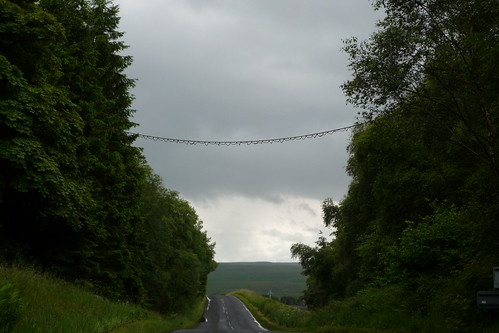
I couldn’t find any online local news about this particular bridge, but sources say that no squirrels have yet been sighted making use of it.
University of Leeds, however, has conducted a study on the use of rope bridges:
A study has proved that red squirrels can and do make use of special crossings set up over busy roads.
A researcher from the University of Leeds’ Faculty of Biological Sciences conducted a survey to discover whether red squirrels living in Loch Lomond and the Trossachs National Park were using rope bridges installed by a local wildlife group.
This kind of bridge is usually installed at sites where there have been fatalities recorded but up until now no-one has collected any data to show whether or not they are actually used by the animals.
Stephen Lockwood, who is completing a masters’ degree in biodiversity and conservation, took specialist training in tree climbing so that he could to set up equipment to record the squirrels’ movements. In addition to using cameras he also used tubes filled with nuts and sticky tape to gather hairs and clay moulds to record the animals’ footprints.
He says: “This isn’t just about cutting down on the number of squirrels killed on the roads. We also know that when a natural habitat becomes fragmented, such as by the introduction of unnatural barriers like roads, there is a lesser chance of the species surviving in the long term because the opportunities for breeding are fewer. The bridges hopefully encourage the squirrels to explore a wider area and therefore lessen the chance of inbreeding. By finding out whether they actually use these bridges we can assess how useful it is to install them.”
(The complete press release from University of Leeds here.)


